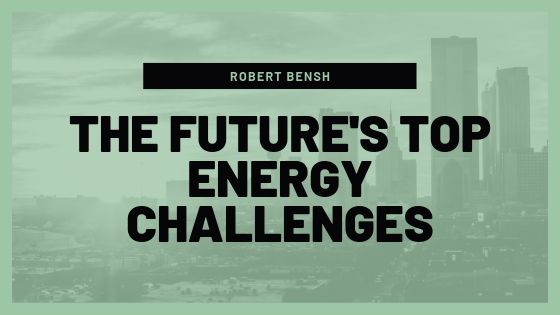One of the biggest challenges that the world faces is how we get our energy. The next few years will only add to the burden. Today, 1.2 billion people around the world do not have access to modern energy services. Over the next few decades as countries in Asia, Africa, and Latin America become more developed, the demand for sources of energy will skyrocket. Three billion people heat their homes and cook with open fires or very simple stoves. Rising rates of industrialization mean that soon these individuals will need access to modern electricity sources.
It won’t only be those in moving out of poverty who will demand energy resources. Those in countries where development is already underway will move into the middle class, which will affect their lifestyle choices. For example, in China and India, the middle class has an ever-growing demand for air conditioning. In fact, the United Nations’ Intergovernmental Panel on Climate Change believes that the demand for cooling could overshadow the demand for heating by the middle of this century. By 2040, the world’s energy consumption will likely already have increased by nearly 50%!
The great challenge will be meeting this demand while maintaining resources, keeping global agreements to reduce carbon dioxide emissions, and finding new sources of energy. Currently, about one-fifth of the world’s energy comes from renewable sources. This amount will likely only continue to grow as time goes on. The main sources of renewable energy are wind and hydroelectric. This is changing, however, as solar panel technology sees new developments. Thanks to recent developments, energy could be produced even on overcast days.
Integrating this new technology won’t be easy. We will have to connect them to systems that are decades old. The current systems are developed to handle a steady influx of power instead of intermittent renewable resources. Because wind and solar power are so dependent on the weather, they are difficult, if not impossible, to control. We currently do not have any strong methods of storing electricity in large quantities.
In the future, we will have to generate even more power. Although renewable resources will be one of the best ways of doing so, integrating them will not be without its challenges. We will have to rework infrastructure, as well as develop ways to store energy produced outside of peak times.

